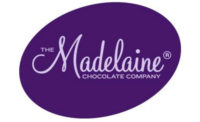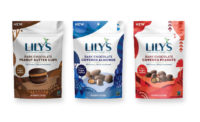Milk chocolate lovers, rejoice.
New research, published last month in the Journal of Food Science, has revealed a method that could improve the health profile of milk chocolate without affecting its taste.
The study — authored by Lisa Dean, a U.S. Department of Agriculture food technologist, and C.M. Klevorn and B.J. Hess, both of North Carolina State University — discusses adding phenolic compounds to milk chocolate to increase its antioxidant levels to those seen in dark chocolate, which has long been revered for its health benefits.
“In recent years, there has been increased interest in antioxidant-rich products by consumers wanting to enhance the health benefits of their diet,” the study’s abstract reads. “Chocolate has been identified as a natural source of antioxidant compounds, which resulted in the development of polyphenol-enriched chocolate products that are now available commercially.”
But what about milk chocolate, one of the most popular and widely used confectionery items?
For this study, the authors used phenolic compounds from peanut skins, which are usually tossed after peanuts have been blanched. However, peanut skins were found to have high levels of phenolic acids, which show antioxidant and anti-inflammatory properties.
Scientists coated the extracts in maltodextrin to lessen their bitterness. Consumers then tried milk chocolate with peanut skin extracts alongside unenhanced milk chocolate. They seemed to like both equally, researchers said.
The method gives milk chocolate — often spurned for its fat content — a healthy boost, but it also offers a solution for otherwise wasted peanut skins, the authors said.
“Consumers found the antioxidant fortified milk chocolate to have acceptable flavor,” the abstract reads. “This will allow for a value-added use of peanut skins.”





